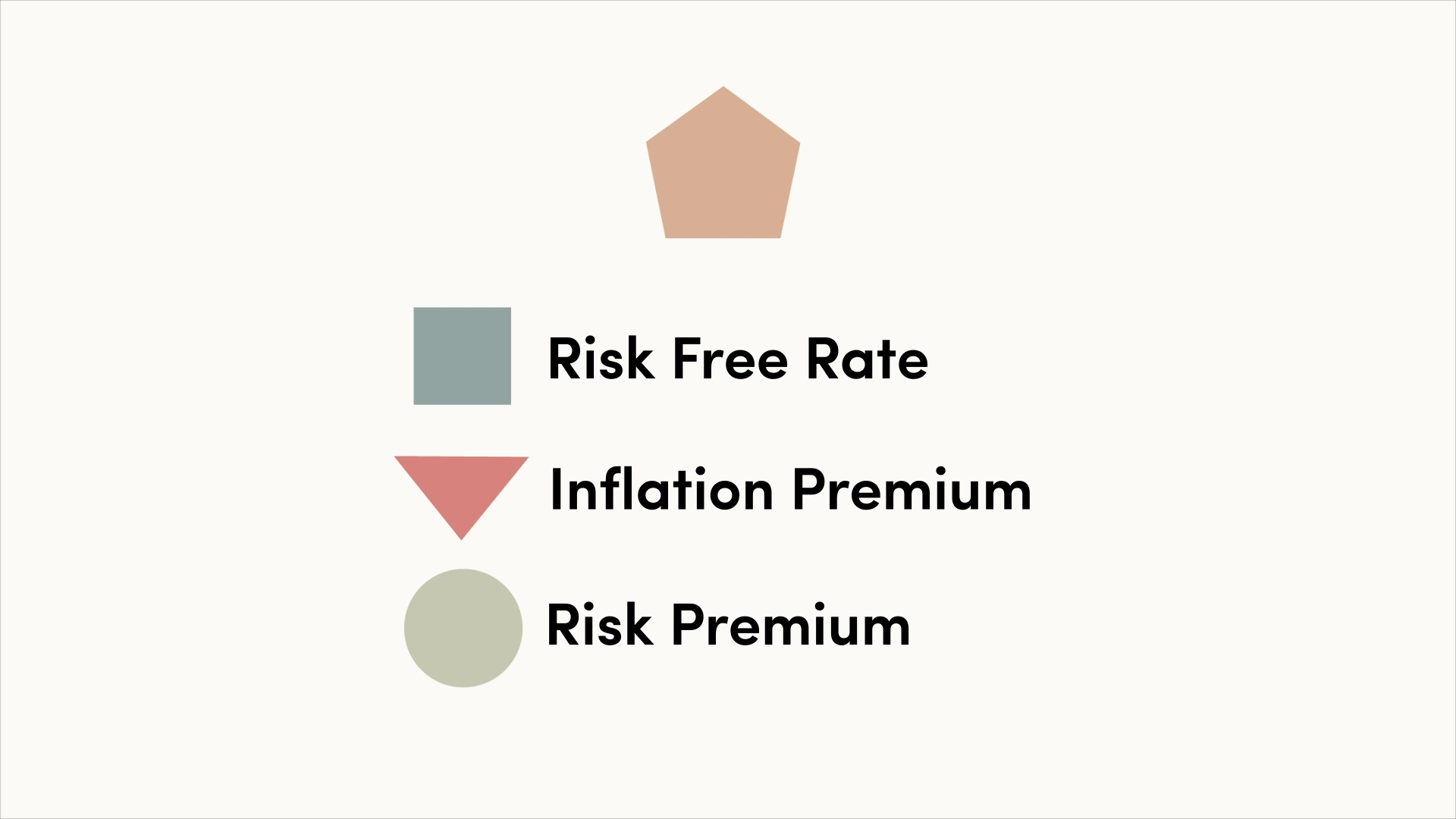Deflation is a broad decline in the price of goods and services. It’s negative inflation, so it occurs whenever the inflation rate dips below 0%.
Being able to get something for less is generally viewed as a good thing, but deflation is definitely not good for the economy. It’s often a harbinger of recession and economic duress.
It comes down to supply and demand
Deflation can result from a decrease in demand for, or an increase in supply of, goods and services. The interrelationship between supply and demand means lower demand leads to falling goods and services prices, if supply remains unchanged while increased supply leads to lower prices for goods and services, if demand remains unchanged.
A decline in demand is usually attributable to hawkish monetary policy and/or deteriorating consumer confidence. Rising interest rates make consumers think twice about spending and also make borrowing more costly and less appealing – both of which reduce demand.
COVID dealt a huge blow to consumer confidence as people squirreled away so much cash that the U.S. reached a record high savings rate (33.8%) in April 2020. When people are worried about the economy or unemployment, they spend less and save more.
Deflation derails spending and economic health
When prices are declining, people defer purchases, especially large expenditures, because they think they can get the same for less, in a relatively short time. And, if prices drop persistently, then more purchases get pushed out and they get pushed out even further as people wait for better and better deals.
Deflation can also reduce the price of labour by bringing down wages. With less income consumers cannot purchase as much and many will choose to save more, because they worry the economic picture may worsen, or that they may lose their jobs. Declining business revenues often lead to cost cutting measures, which could mean layoffs and reduced production or output.
Sales drop, as do revenues, as demand continues to shrink. Less spending means prices continue to drop, in the hopes of enticing consumers to spend – but, if prices continue to drop, the result could be even less spending, as they await still better deals.
This creates a negative feedback loop of uncertainty and mounting unemployment. It’s a vicious cycle that can lead to a downward spiral. Unfortunately, deflation begets more deflation, which is why deflationary periods are often accompanied by severe economic downturns.
Debt magnification
Another negative with deflation is that it magnifies debt. When the supply of money is tightened, the value of money increases, which increases the real value of debt. Deflation means debt has to be repaid with money that is worth more than when it was borrowed. Simply put, debt becomes more expensive with deflation.
Debt levels stay the same, but business and individual incomes drop. The fact that interest rates often rise during deflationary periods, makes debt more costly to carry. This further discourages spending. It also puts financial pressure on borrowers, leading to further deterioration in economic activity.
People and businesses will try to avoid taking on new debt as they struggle to pay off the increasingly pricey debts they already owe. Businesses and individuals that believe their debt levels are too high are likely to use extra cash to pay down debt rather than to buy goods and services.
Historical deflation
Canada hasn’t experienced much deflation with just nine deflationary years since 1914, but all led to reduced profits, lower incomes and higher unemployment.
The worst incidences of sustained deflation in Canada took place in the early 1920s and then in the 1930s during The Great Depression. The plunge in spending triggered price declines of 20 to 25 per cent.
Investing in deflationary times
During periods of deflation, some investors opt for the comfort of keeping their money in cash, but this produces little, if any, return. Investments like stocks, corporate bonds, and real estate, are riskier with negative inflation because as business conditions become very challenging some will go out of business.
For those investors with a long-term horizon and the ability to tolerate risk, government bonds, defensive stocks and dividend-paying stocks will be the preferred options. This is because governments generally don’t go broke and there are some items that consumers will continue to spend on no matter what, like food and fuel. Dividends can be cut though, so investors have to appreciate the risk of this happening during a deflationary spiral.
Deflation doesn’t mean we’re doomed
Deflation will have a negative economic impact and is usually viewed as an ominous sign. But, fears of a Great Depression redux are likely overstated since central banks flooded the banking system with liquidity. And, consumers haven’t been paying through the nose to service their debts, as zero interest-rate policies were enacted in numerous countries.
That being said, prospects for global economic growth will remain diminished until several countries start growing again. And, the deleveraging process could take some time, given that interest rates were so low for so long.





